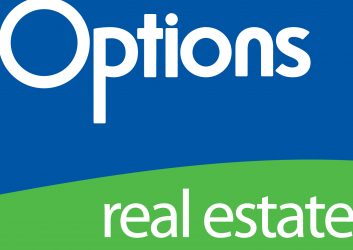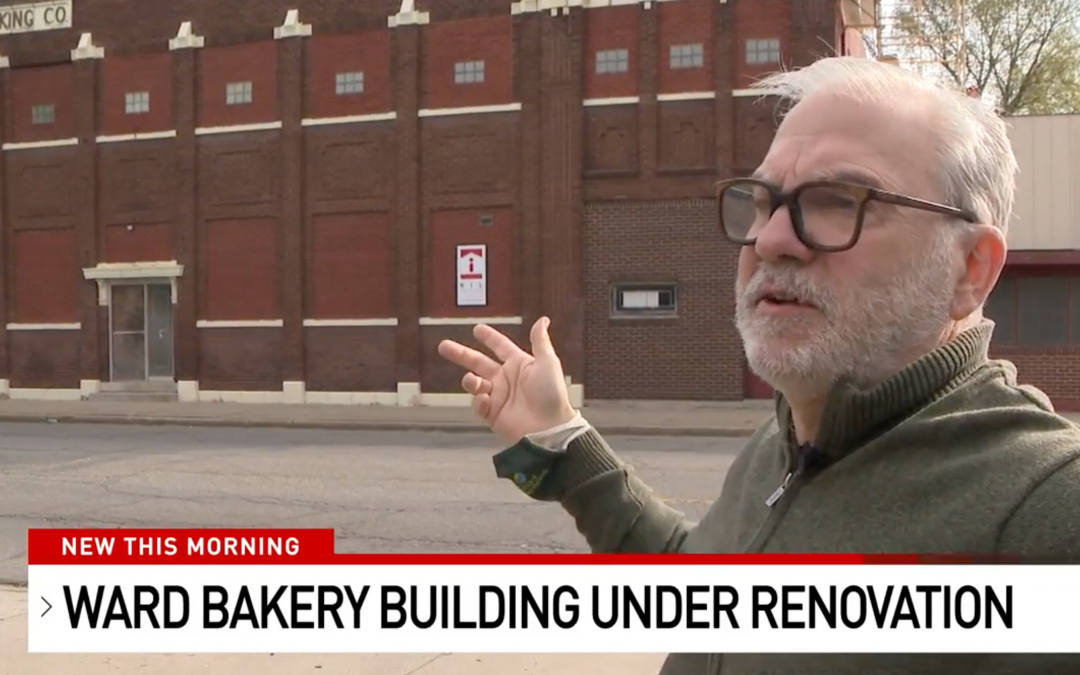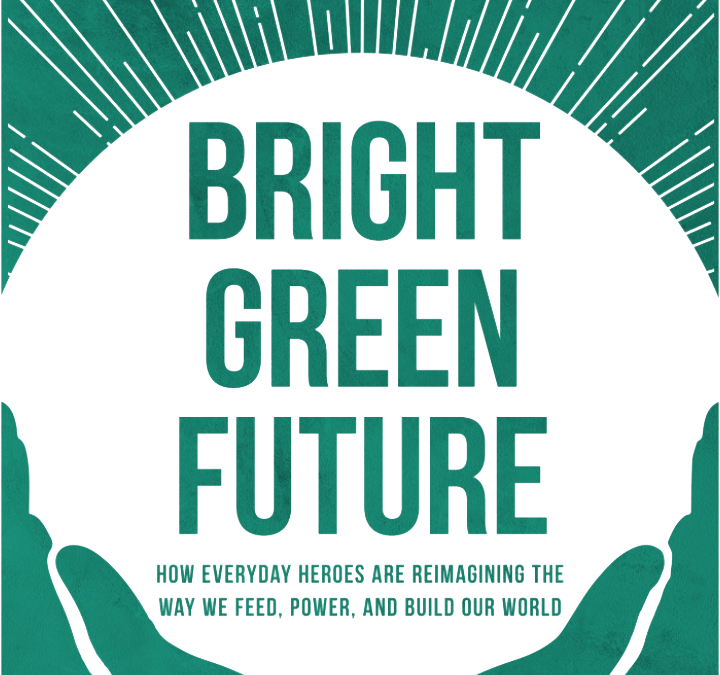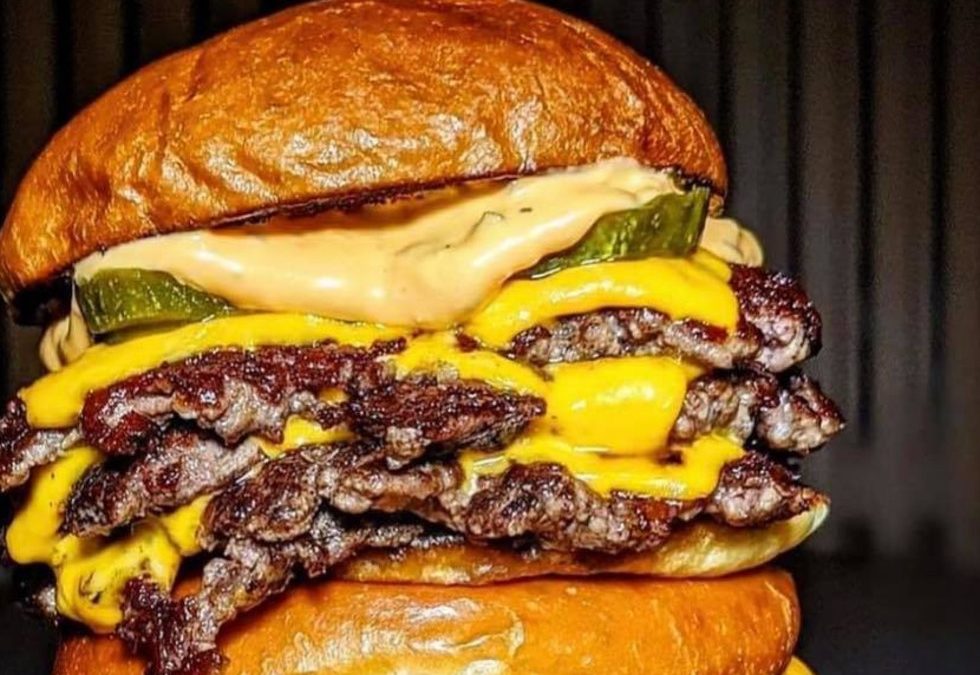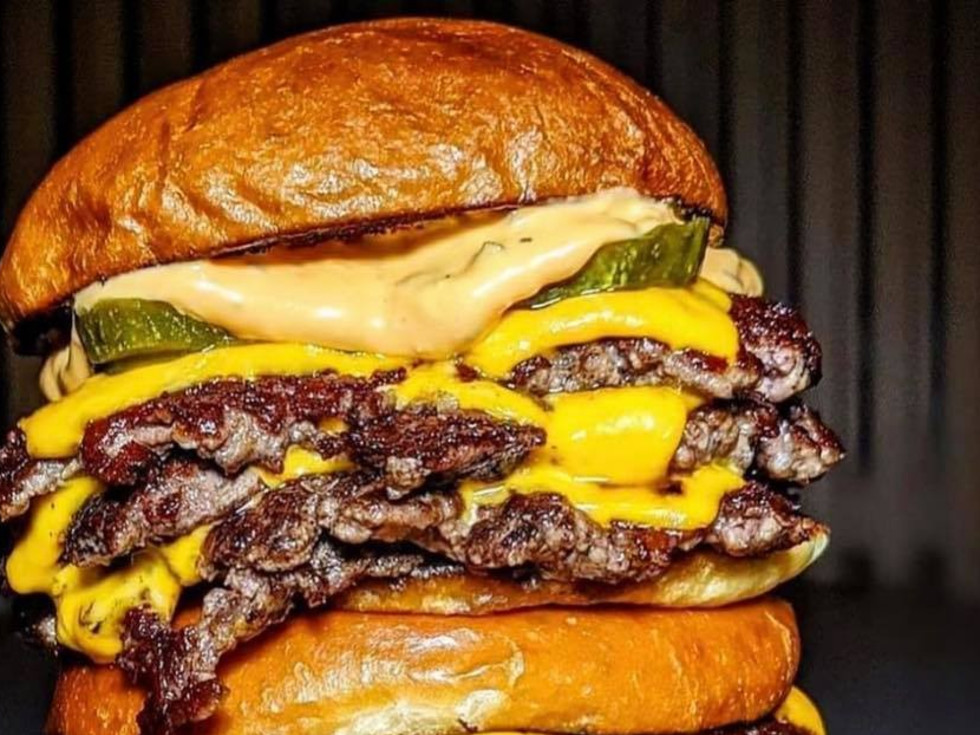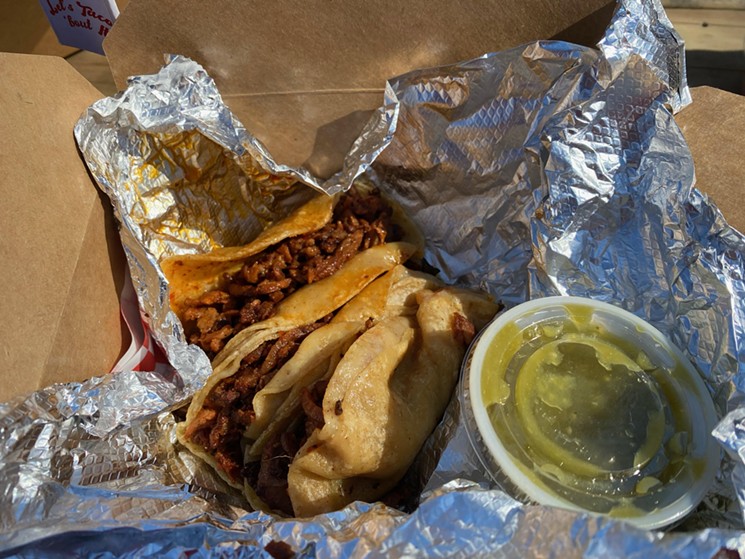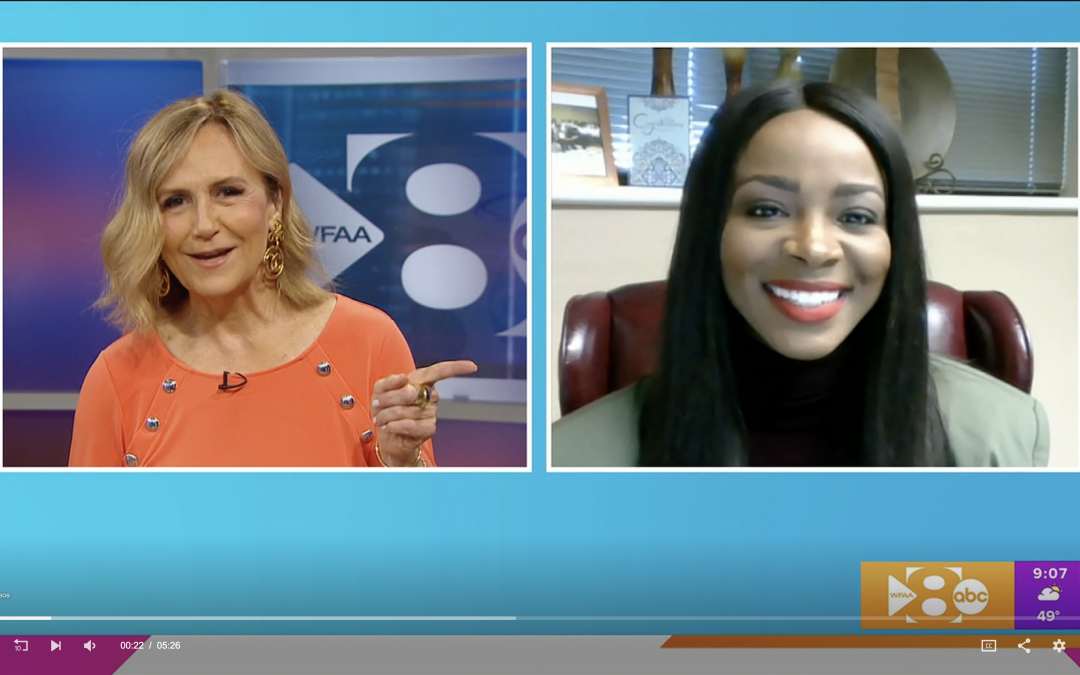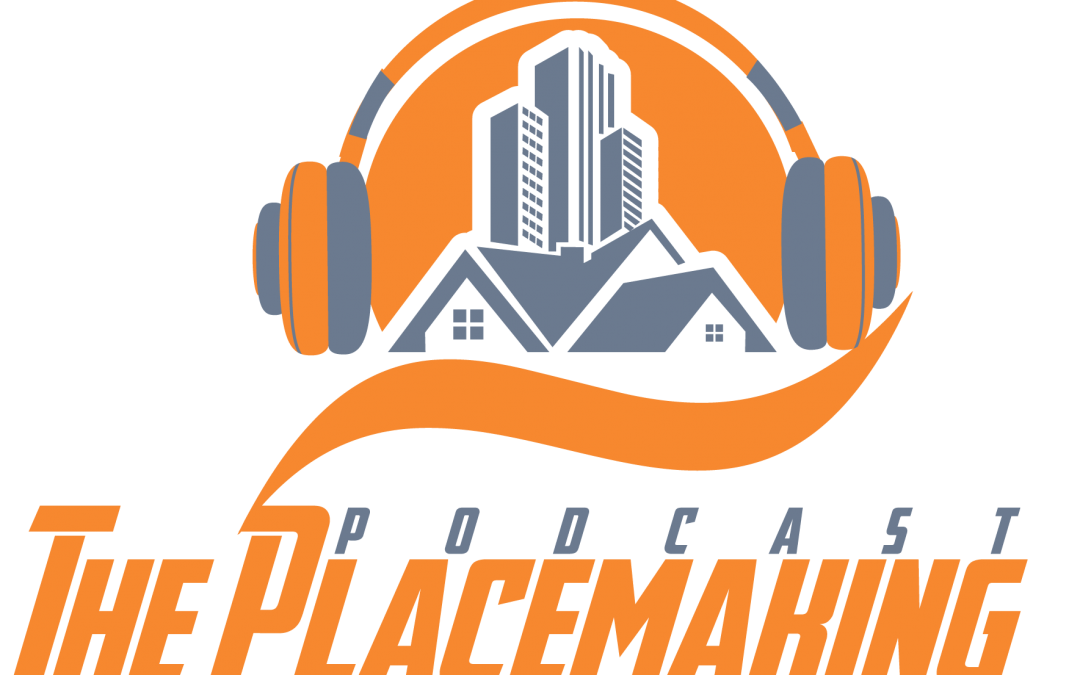
Building Better Neighborhoods
Building Better Neighborhoods
Wednesday, May 26, 2021
PLACEMAKING PODCAST
Building Better Neighborhoods
Through Incremental Development
By Matthew Loos
The Placemaking Podcast
I am extremely excited to share this next conversation with all of you. Monte Anderson is the President of Options Real Estate a multi-service real estate company specializing in creating sustainable neighborhoods in southern Dallas and northern Ellis counties in Texas. Monte began his real estate career in 1984 and since that time has concentrated solely on improving the living and working environments in these communities where he was born and raised. Monte is an outspoken and frequently recognized advocate for policies and practice to serve urban neighborhoods. He currently focuses his development practice in three areas in North Texas: the southern neighborhoods of the city of Dallas, the first ring suburb of Duncanville and exurban town of Midlothian.
Options Real Estate was founded in October of 1991 as a full service commercial real estate company specializing in Southern Dallas County with one mission in mind: To make their neighborhoods and business owners better through the built environment. Their team believes in enhancing the quality of life of Southern Dallas & Northern Ellis Counties and advancing its image, in order to provide an enduring inheritance to future generations. They hope to build a community where residents can enjoy educational and employment opportunities that utilize the technologies of the 21st century, find cultural and spiritual fulfillment, and have a diversity of OPTIONS for shopping, dining, entertainment, living, or homes.
In this episode, we are going to discuss the importance of finding and cultivating your own territory or “farm”, how to raise capital for your next real estate development deal, and what it truly means to be an incremental developer. There is loads of great information in this episode and I greatly appreciated Monte for taking the time out of his extremely busy schedule to discuss this topic of improving communities through the use of incremental development with me.
As always, if you have enjoyed the show, please subscribe to the show and share it with your friends in the industry. There will be more exciting conversations on the shows to come.
Main Take-Away’s From This Show
This was another fun episode to record. I hate to pick favorites because it is so hard to do, but this one is up there as one of my favorite episodes to record. I thoroughly enjoyed Monte candidly sharing his story as well as the story of the Options Real Estate. Monte really provided some great inspiration for those looking to get into development but may not know how to get in to development. He showed through his story that anybody really can get into development. Even someone whose job is to pick up trash in a parking lot. There were so many great talking points that Monte made throughout the discussion, so it is hard to just pick three for my main take-away’s this week. The following main topics of the show come from an understanding of incremental development that Monte possesses.
1. Finding and Cultivating your “Farm”
2. How to Develop Incrementally out of Necessity.
3. Don’t chase money. Let money chase you.
As always, I will dig into each of these “take-aways” every week on the blog. So, without further a due, here we go!
Finding and Cultivating your “Farm”
Monte provided so many great analogies during the course of our discussion to better paint a picture of what he is doing in south Dallas. One of the comparisons made was of the area he consistently “cultivated” for development to a farm. This is not hard to conceive visually. He is constantly tending to his farm by planting seeds of development throughout south Dallas. These seeds grow and produce future real estate investors and entrepreneurs that then plant more seeds in the surrounding communities.
He is constantly monitoring the “farm” as part of his day-to-day activities. This allows him to quickly notice a need or “weed” growing in the community. He can then plant a seed to fill the need in the community. Or he can remove a weed or poor-performing asset that is bringing down the values in the surrounding community. This analogy is all too perfect when you begin to dig deeper into the meaning behind it.
As Monte mentioned, the way he truly is able to provide value in the community in which he’s a part, he really needed to focus on one or two areas. This allowed him to be in tune with the opportunities available and built trust in the surrounding community. People in south Dallas and north Ellis county know that a project that Monte is working on will get done right and he will deliver on his promises. This type of trust takes time and requires effort tending to the farm, but when it is achieved, the fruit that is produced from this effort is all too sweet.
How to Develop Incrementally out of Necessity.
Incremental development is a concentrated, small-scale method of development that improves the surrounding community in a nutshell. Monte was doing this type of development before it was even cool. As mentioned in the show, he was doing this out of necessity, not necessarily because he wanted to. After a few successful incremental developments, Monte began to see the value that he could create with a little amount of starting capital and some sweat equity.
The first case study from my discussion with Monte was on a 16-acre site that he rezoned and subdivided. You may say that this doesn’t seem that incremental, but this was not a project that he completed all at once. He phased the development in such a way that he could adapt to market shifts as well as not in a way that would overextend his small business. The next project we discussed was the Belmont Hotel. This is where he first noticed the power of incremental development. By updating and upgrading the hotel one room at a time, Monte was able to make the Belmont Hotel truly a world-class destination. The upgrades were more organic in nature and did not require large sums of capital to do so one room at a time. He then rolled over the profits from the increased rental rates received from the upgraded rooms into the next one.
The theory and practice behind incremental development is truly empowering for those individuals that would like to get into development but believe that a lack of capital is the barrier to their success in development. By the process of incremental development, one can change this perceived barrier into an asset by creating truly special places through the use of creativity. This process of incremental development allows truly anyone to become a developer and improve their surrounding communities if they have the drive and are willing to be creative.
Don’t chase money. Let money chase you.
This last main point is one that is almost too simple, but often overlooked by those in the real estate industry. Monte provided an analogy that was all too perfect to explain this last point. He takes us to a time when we all had a crush. We wouldn’t chase after them, because that would turn them away as it makes you look desperate. We would “act cool” and act like we weren’t attracted to them and hope that this makes them desire you more. The same goes for money or capital in Monte’s opinion.
He mentions that the best way to approach banks is to do your due diligence and request to “interview” the loan officers in charge of the various branch. Do not come to the bank at the last minute hoping for pity. Build relationships with the bankers early and show them that you are highly competent and have options for which to borrow money. This will go a long way in your ability to obtain capital for projects that you have upcoming. I have to admit, Monte provided tons of practical knowledge and inspired me to look at even more projects in the community in a way that I hadn’t originally.
As you can see from the takeaways above, this podcast episode was absolutely full of great information on making it in real estate development and the benefits of incremental development in building better neighborhoods. If you have enjoyed the content and the show, please subscribe to the show below and share it with your friends in the industry! We’ll have many more great discussions on the shows to come.
